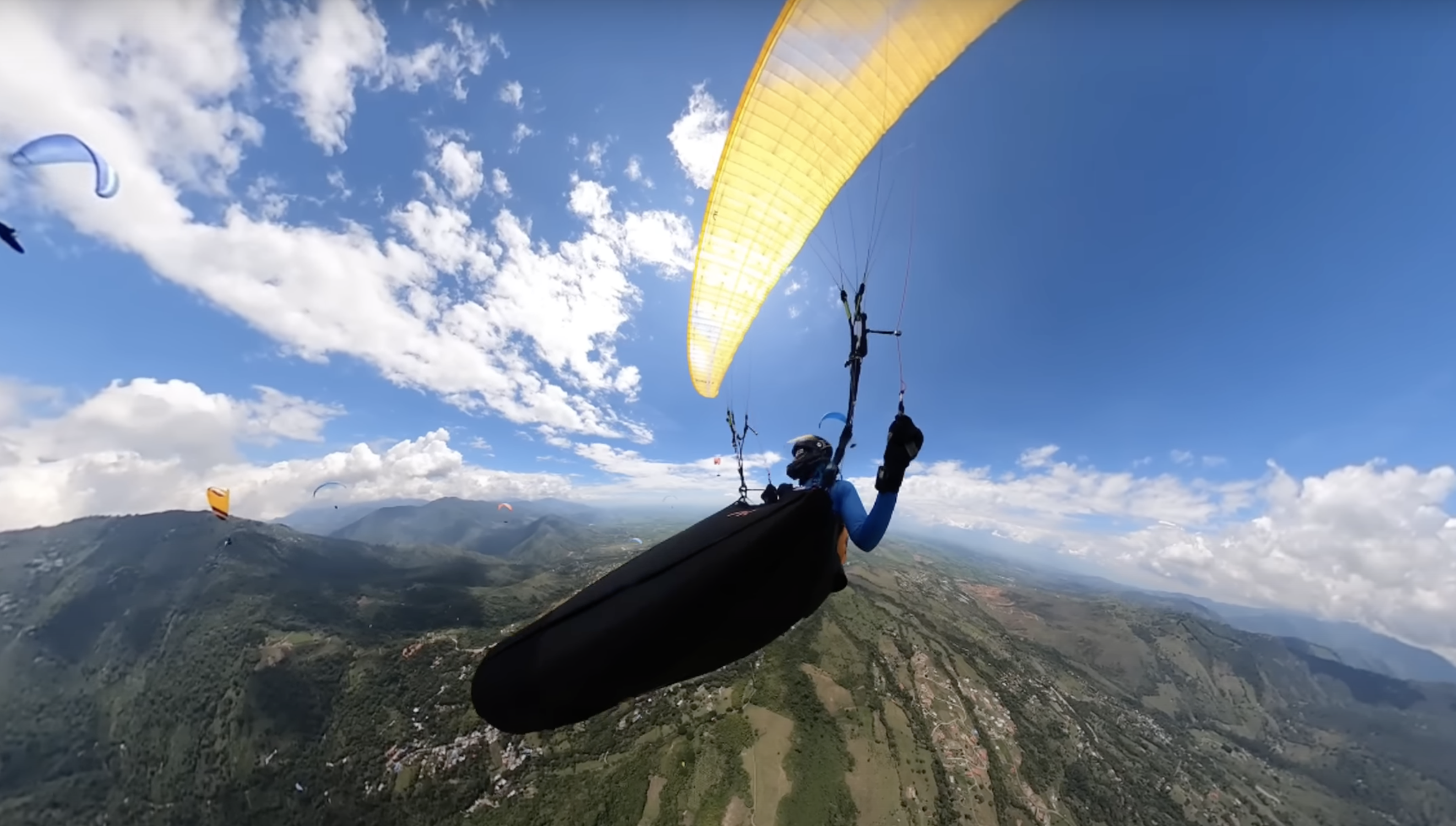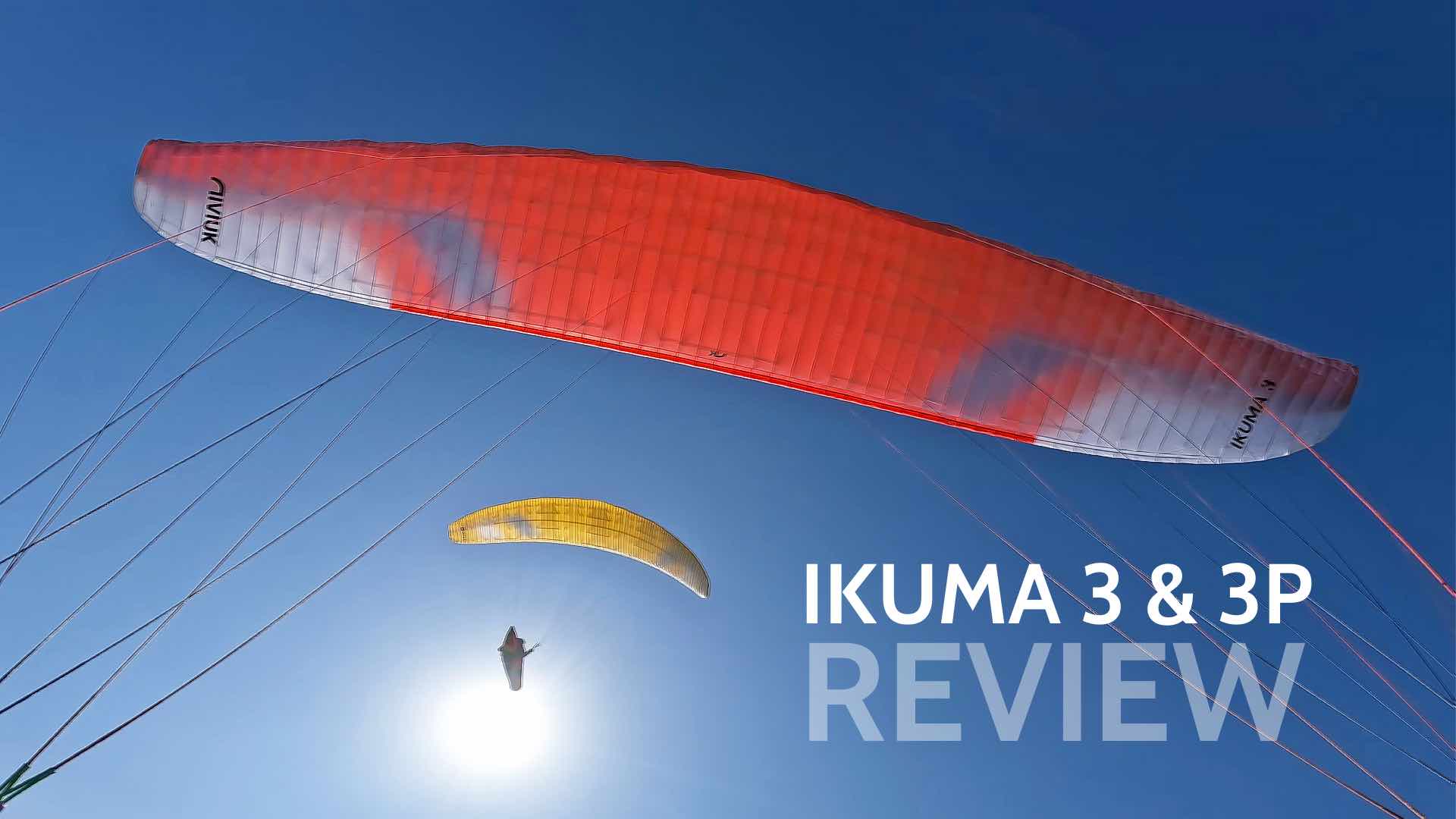
In this review, we dive into the details of the Niviuk Ikuma 3 and its lighter counterpart, the Ikuma 3 P. The "P" stands for "Plume," reflecting its feather-like lightness. Both are high B category gliders, designed with exceptional build quality and performance features. Let's down into the details.
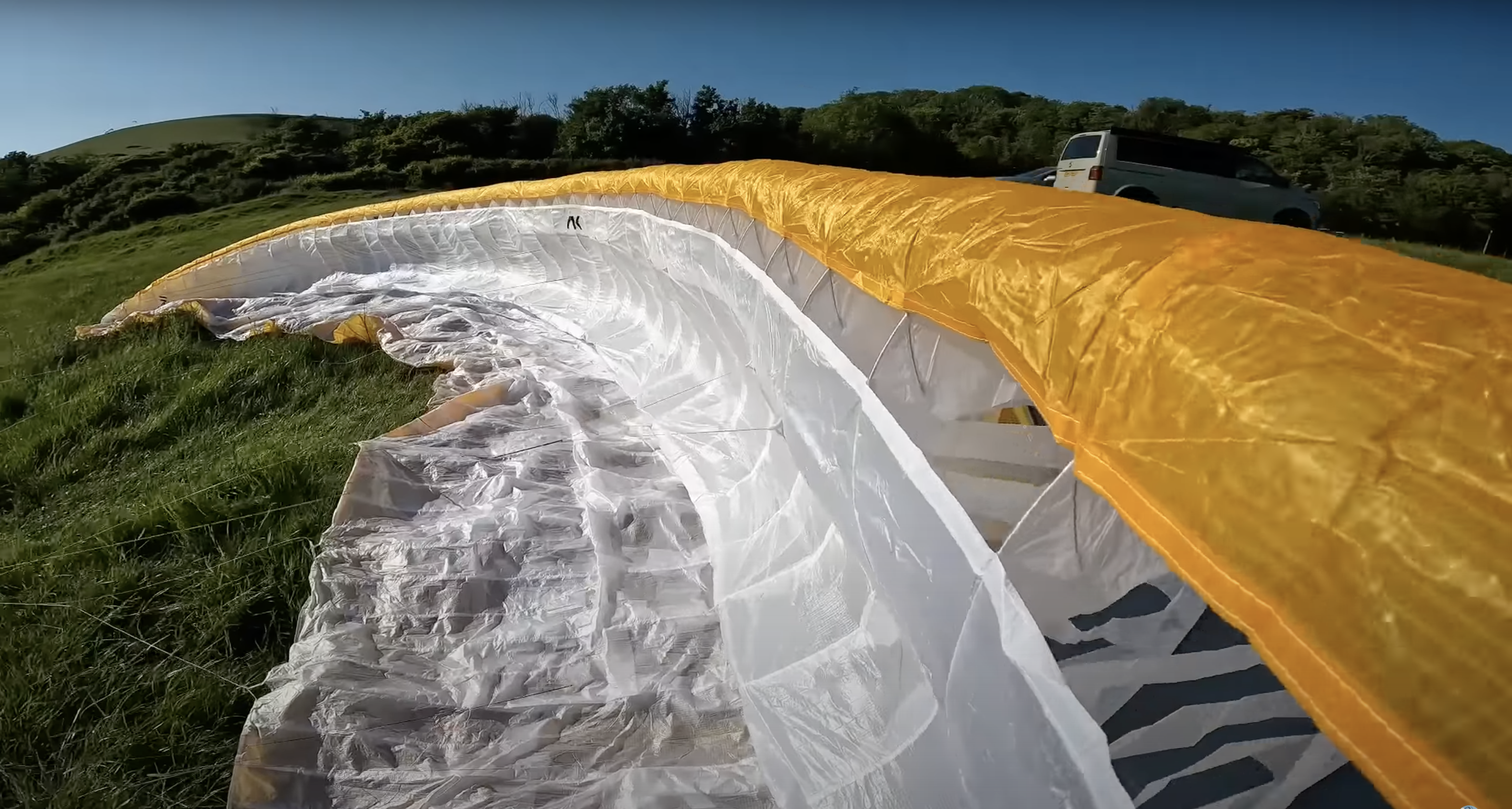
Build Quality
The build quality of both the Ikuma 3 and Ikuma 3 P is exceptional. Niviuk has clearly chosen top-tier materials with no compromises, ensuring durability and performance. Examining the details, the craftsmanship is evident in the meticulous stitching, especially the mini ribs on the trailing edge, and the shaping of the leading edge. The nylon rod pockets are expertly integrated, enhancing the wing's overall integrity and aerodynamic profile.
Weight and Compactness
The Ikuma 3 P, being the lighter version, is remarkably compact and light, making it an excellent choice for Hike & Fly enthusiasts. Despite being lightweight, both versions maintain a solid feel, not feeling bulky or heavy at all. This balance makes the Ikuma 3 series a versatile option for various flying conditions.
Risers
The risers on both models feature thoughtful design elements such as black and orange marks for speed system management, ensuring that pilots can easily monitor and adjust their speed. The BC Bridge system, facilitated by dual pulleys, offers low-pressure usability. Additionally, the lines are fully unsheathed from the bottom to the top, except for the brake line, providing a clean and efficient setup. The risers are particularly user-friendly, even on the lighter Ikuma 3 P version, prioritizing handling comfort over minimal weight reduction.
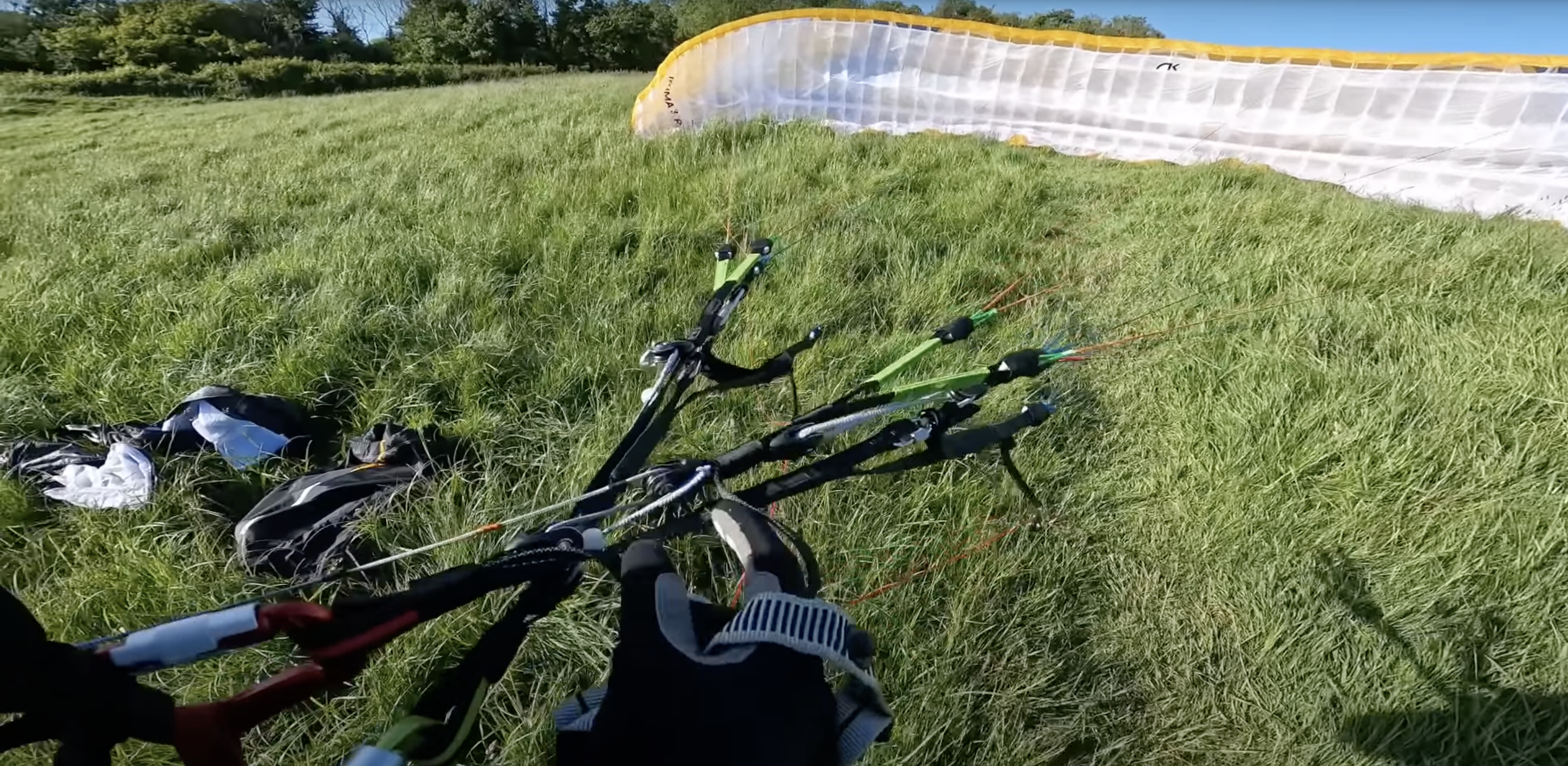
Launch and Ground Handling
Both gliders are excellent on the launch. They form a clean wing wall easily and rise positively without aggressive pulling, even in strong winds. The launch process is smooth and confidence-inspiring, making them suitable for various wind conditions. Ground handling is straightforward, with a high level of feedback from the glider.
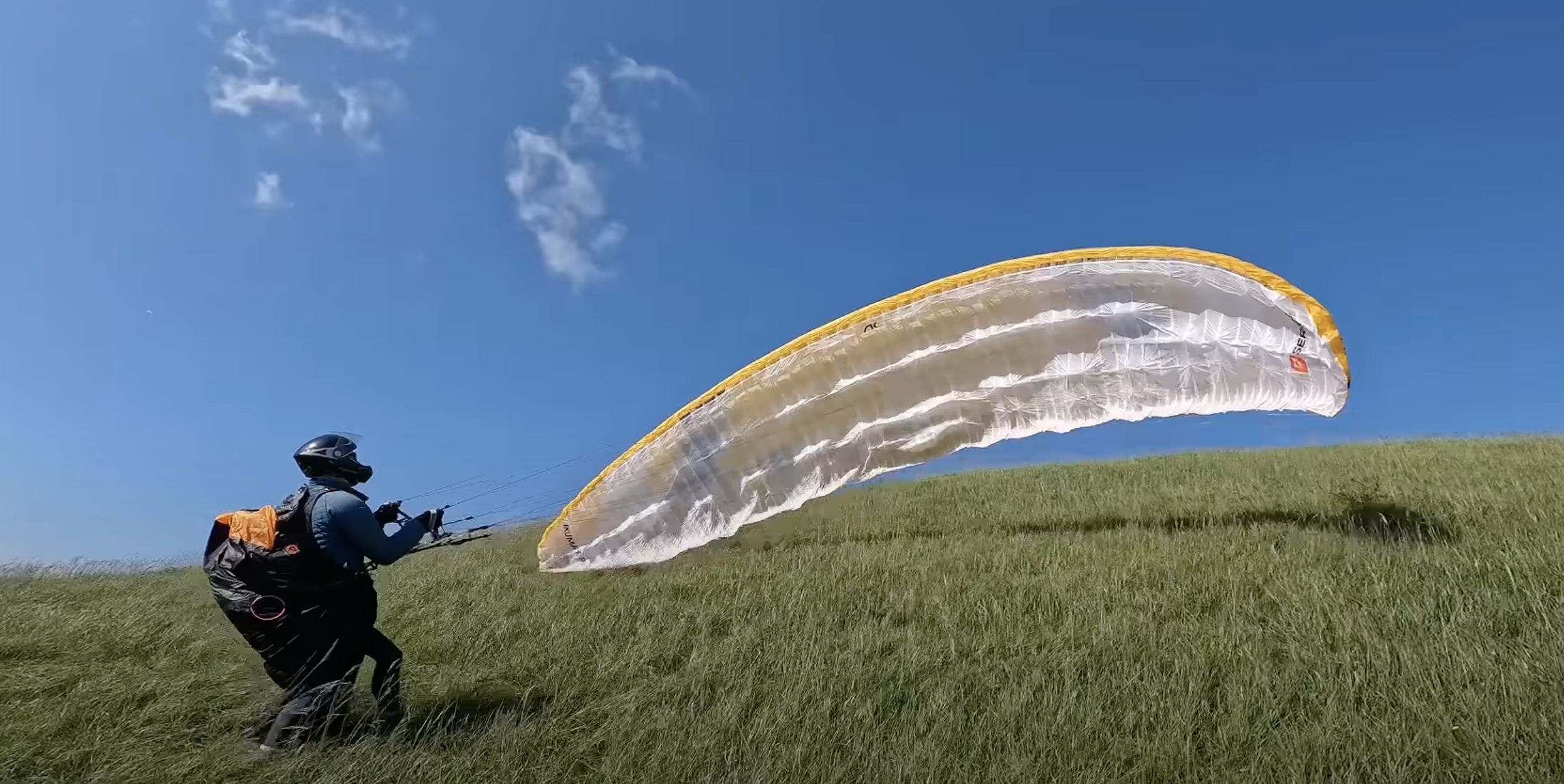
In the air
The Ikuma 3 series shines in flight. Both versions offer identical performance and handling, with the main difference being weight. The Ikuma 3 P features soft links instead of maillons at the top, adding to its lightweight nature. On the ground and in the air, the gliders are responsive, stable, and fun to fly.
The gliders perform well in weak and strong thermals, with a solid yet agile feel. The Ikuma 3's communication with the pilot is exceptional, providing a sporty yet comfortable flying experience. The handling is precise, with light brake pressure and a moderate contact point, making it easy to control and enjoyable over long flights.
Speed and Glide
Both models exhibit excellent glide performance, even at accelerated speeds. The speed bar system is smooth and light, with a very good connection to the wing, ensuring that pilots can maintain control even in turbulent conditions. At full bar, the leading edge remains clean with minimal dimpling, showcasing the wing's aerodynamic efficiency. The Ikuma 3’s trim speed is slightly faster than many competitors, providing a good balance between sink rate and forward speed.
Stability
In terms of stability, the Ikuma 3 and Ikuma 3 P are solid and collapse-resistant. They handle well in turbulent air, with a tendency to reinflate quickly after a collapse. This characteristic, combined with the glider’s overall ease of use, makes it confidence-inspiring for pilots.
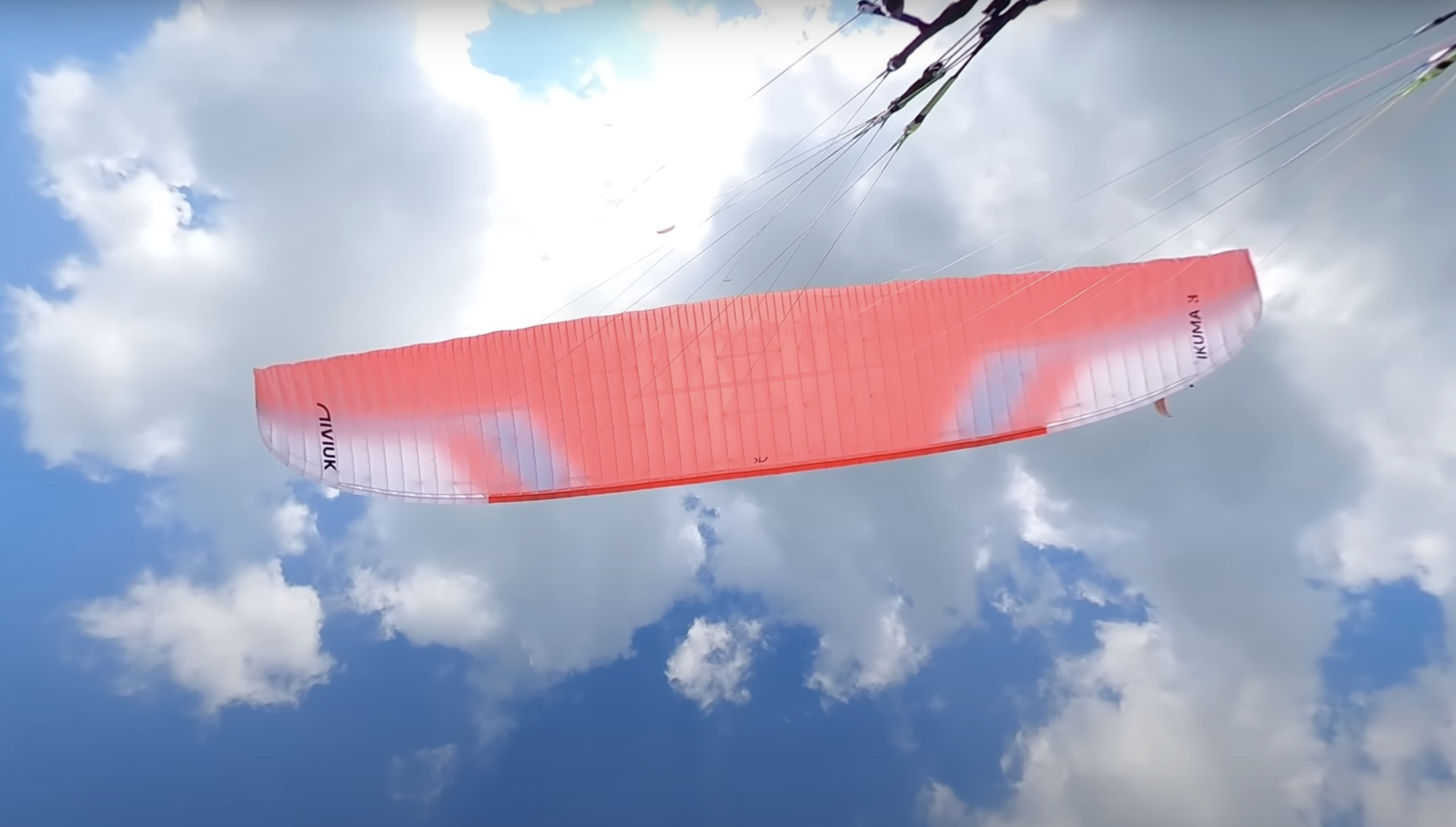
Performance and Safety
In terms of performance, the Ikuma 3 stands out. Its trim speed, sink rate, and glide performance are top-notch in the high B class. It handles various flying conditions with ease, maintaining stability and efficiency. The Ikuma 3 P mirrors these qualities with the added benefit of being lighter and more compact.
When it comes to safety, the gliders are forgiving and provide clear feedback to prevent accidental stalls or spins. They handle collapses well, with a tendency to reinflate quickly and without drama. This makes them suitable for a wide range of pilot skills, from intermediate to experienced.
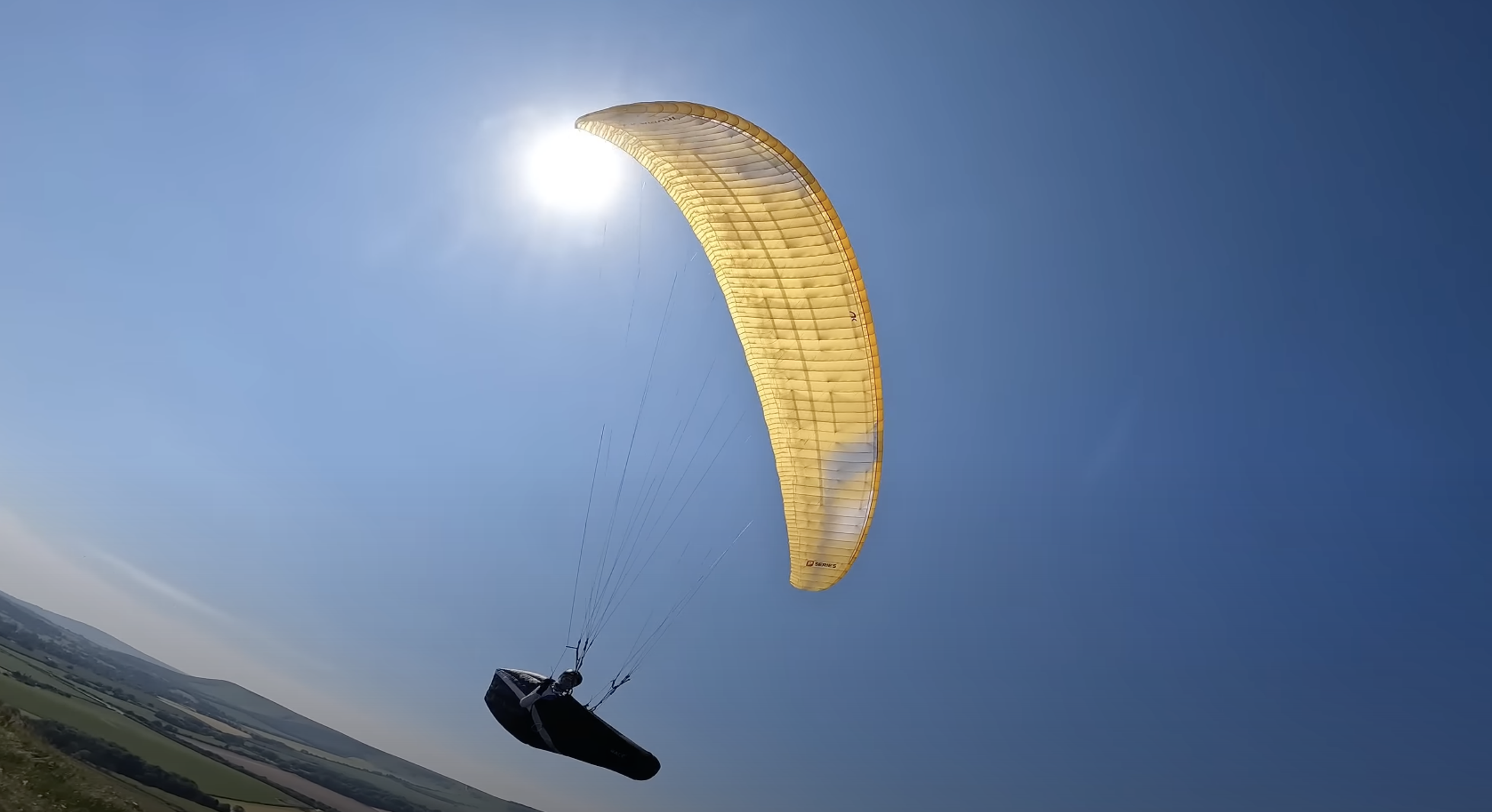
Descent Techniques
Big Ears and Tip Stalls
The big ears and tip stall techniques are effective and easy to execute. Big ears are stable with no tendency to roll, and they reopen quickly and cleanly with minimal input. Tip stalls, while slightly more physical to pull in, are effective and snap out quickly, enhancing descent control options.
Wingovers and Spirals
Wingovers are particularly enjoyable on the Ikuma 3 and Ikuma 3 P, thanks to the wing’s energy and control. The gliders maintain their shape well through aggressive maneuvers, offering a thrilling yet safe experience. Spirals are similarly controllable, with easy entry and exit, allowing for precise descent management.
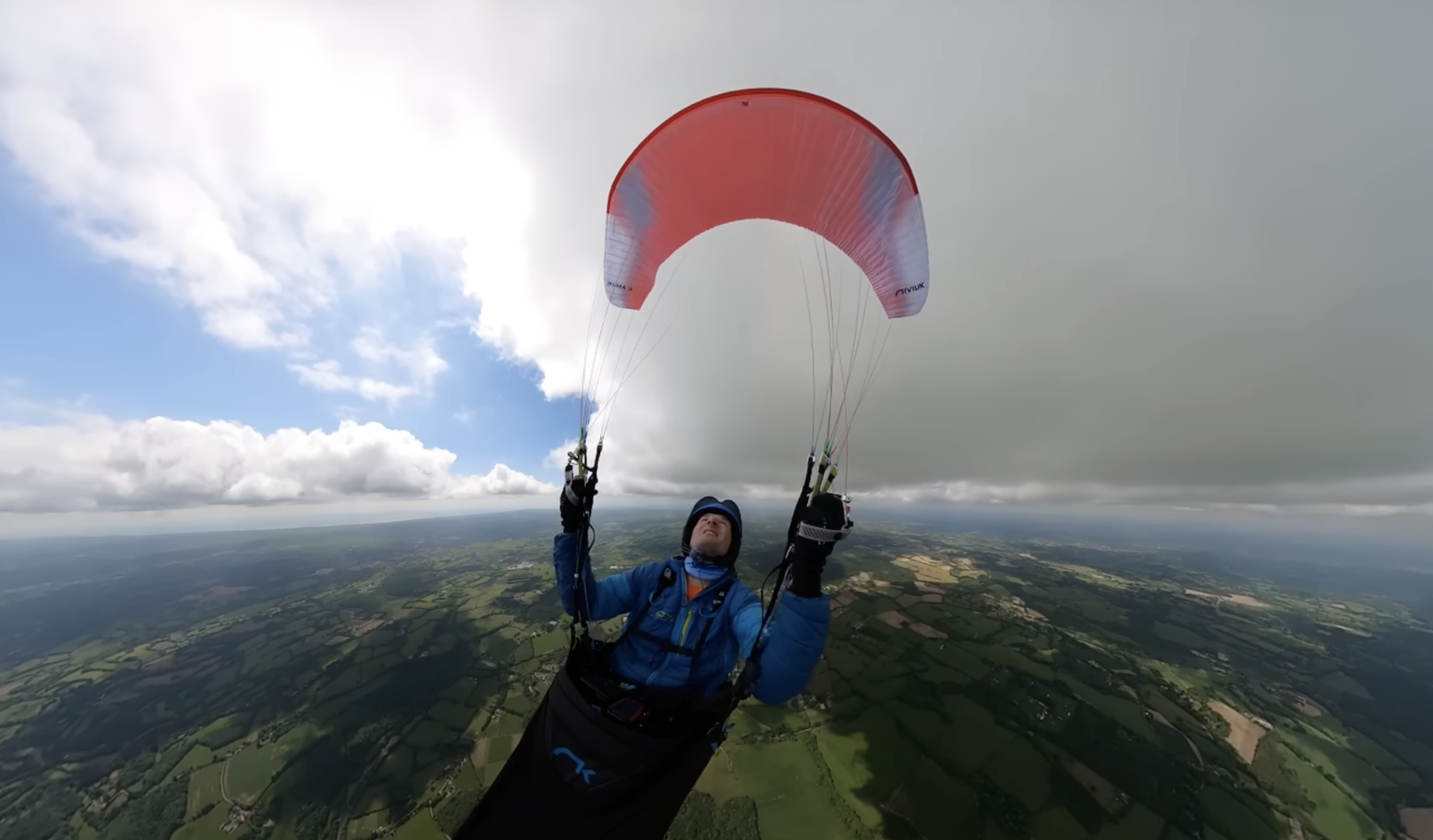
Conclusion
The Niviuk Ikuma 3 and Ikuma 3 P are exceptional high B gliders, offering top-tier build quality, performance, and safety. Their ease of handling, combined with responsive and enjoyable flight characteristics, make them a pleasure to fly in various conditions. Whether for thermaling, cross-country, or casual flights, these gliders are excellent choices.
Both versions cater to different preferences, with the standard Ikuma 3 being robust and the Ikuma 3 P providing lightweight efficiency. Pilots looking for high performance, reliability, and fun will find these gliders to be among the best in their class.
Niviuk has crafted two remarkable gliders with the Ikuma 3 and Ikuma 3 P. Whether you're an intermediate pilot or a seasoned flyer, these gliders are worth considering for their versatility, safety, and pure flying enjoyment.
Flybubble Video review
Brought to you by Flybubble
Like what we do? The best way to thank and support us is to buy gear from us and recommend us to others.

